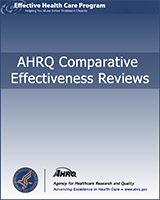From: Results

Comparative Effectiveness of In-Hospital Use of Recombinant Factor VIIa for Off-Label Indications vs. Usual Care [Internet].
Comparative Effectiveness Reviews, No. 21.
Yank V, Tuohy CV, Logan AC, et al.
Rockville (MD): Agency for Healthcare Research and Quality (US); 2010 May.
NCBI Bookshelf. A service of the National Library of Medicine, National Institutes of Health.